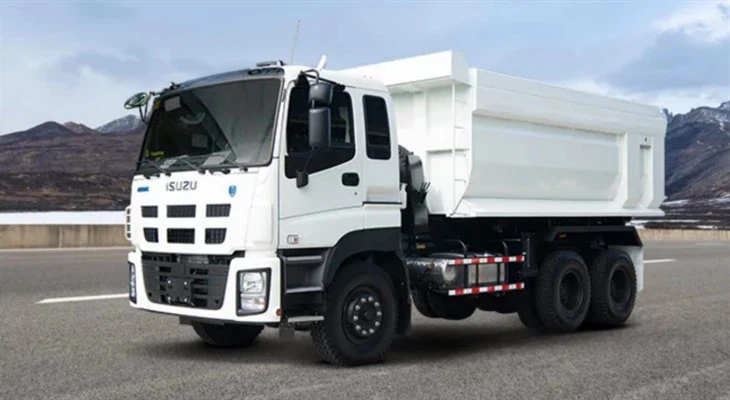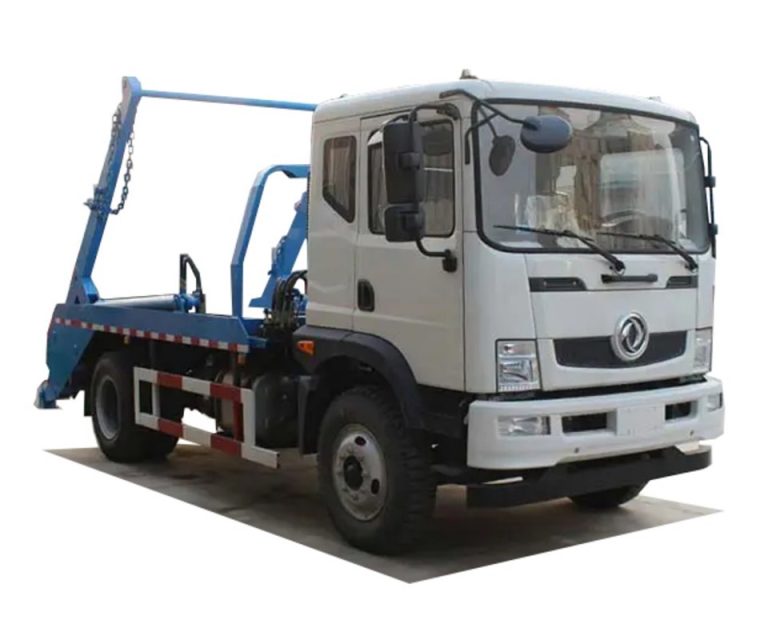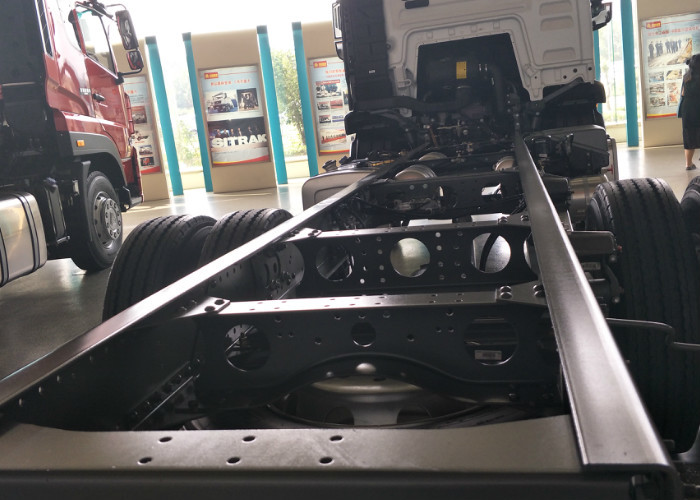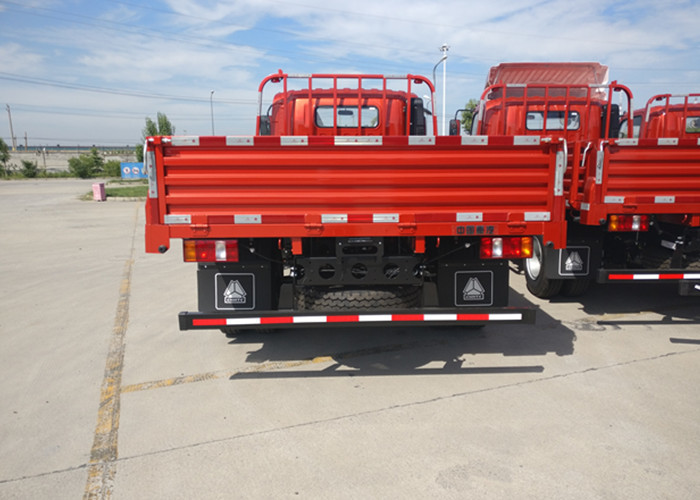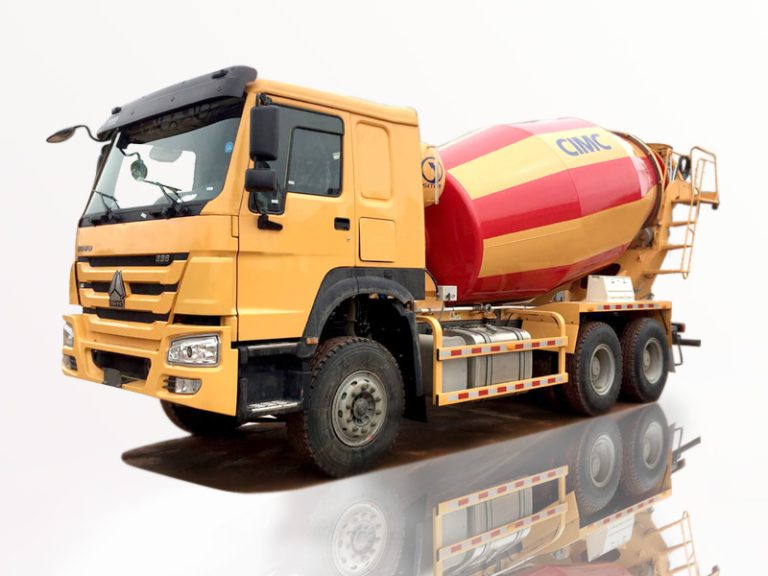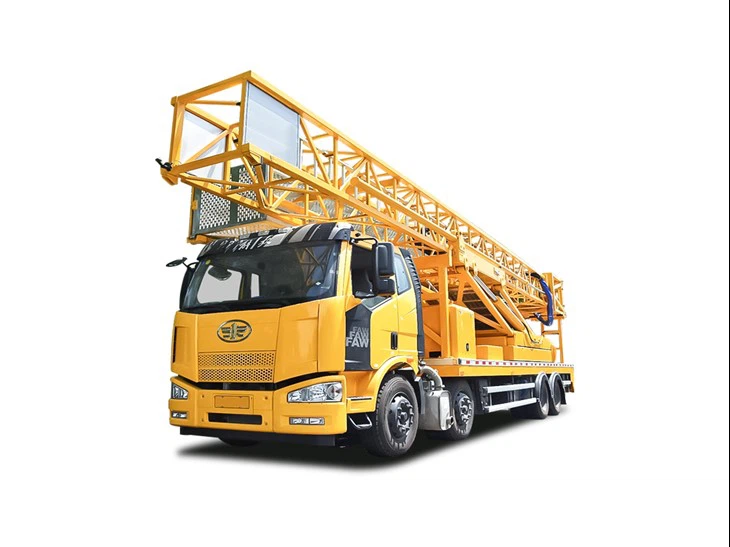Introduction
Fire trucks are indispensable vehicles in firefighting and emergency response. Understanding fire truck measurements is crucial for proper operation, maintenance, and safe navigation through tight spaces. This article delves into various measurements that define fire trucks, ensuring firefighters and emergency responders can optimize their equipment and knowledge for the best outcomes in emergencies. We’ll cover truck dimensions, weight, maneuverability factors, and more, providing valuable insights and practical examples throughout.
Types of Fire Trucks
1. Pumper Trucks
Pumper trucks are the most common type of fire truck. They are equipped with fire-fighting equipment and can carry water to the scene of a fire.
2. Ladder Trucks
Ladder trucks feature extendable ladders, allowing firefighters to access higher floors of buildings. Their measurements often reflect the extended reach of their ladders.
3. Tanker Trucks
Tanker trucks are designed to transport large amounts of water to areas without a nearby water supply. Their size and weight are dictated largely by their capacity.
4. Rescue Trucks
Rescue trucks are equipped for emergency medical services and technical rescues, including vehicle extrications and swift water rescues. Their measurements reflect their specialized equipment.
Understanding Overall Dimensions
1. Length
The length of a fire truck varies based on the type and intended use. Pumper trucks typically measure between 25 to 40 feet long, while ladder trucks can extend up to 60 feet or more when the ladder is fully deployed.
2. Width
Most fire trucks have a width of approximately 8 feet. However, variations can occur due to equipment mounted on the sides or the need to accommodate larger ladders on ladder trucks.
3. Height
The height of fire trucks varies considerably, with pumper trucks typically measuring around 9-11 feet tall. Ladder trucks can be around 12-14 feet in height when the ladder is stowed.
Example Table of Fire Truck Dimensions
| Type of Fire Truck | Length (ft) | Width (ft) | Height (ft) |
|---|---|---|---|
| Pumper Truck | 25-40 | 8 | 9-11 |
| Ladder Truck | 30-60 | 8 | 12-14 |
| Tanker Truck | 25-50 | 8 | 9-10 |
| Rescue Truck | 25-35 | 8 | 9-10 |
Weight Considerations
1. Gross Vehicle Weight Rating (GVWR)
The GVWR is a critical measurement that indicates the maximum safe weight of a fire truck, including its own weight and the load it carries. Pumper trucks typically have a GVWR ranging from 22,000 to 36,000 pounds, while larger ladder trucks can exceed 40,000 pounds.
2. Axle Weight
Fire truck design includes weight distribution among its axles. For effective performance, manufacturers adhere to specific weight limits for each axle, commonly outlined in the truck’s specifications.
3. Equipment Weight
The equipment onboard, such as hoses, water tanks, and ladders, contributes to the vehicle’s overall weight. Fire departments should regularly assess and account for all onboard equipment to ensure they remain within the GVWR limits.
Maneuverability Factors
1. Turning Radius
The turning radius, critical for navigating tight corners and loading zones, varies between fire truck types, largely depending on length and wheelbase. Pumper trucks generally have a turning radius ranging from 20 to 25 feet.
2. Wheelbase
The wheelbase is the distance between the front and rear axles. A longer wheelbase typically offers stability, but can affect maneuverability. Pumper trucks usually feature a wheelbase of 12 to 20 feet.
3. Ground Clearance
Fire trucks need adequate ground clearance to navigate obstacles and rough terrain. Most pumper trucks have a ground clearance of 8 to 12 inches, while specialized off-road vehicles may vary greatly.
Understanding Pumping Capacities
1. Water Flow Rates
The pumping capacity of a fire truck is often expressed in gallons per minute (GPM). Typical pumper trucks can deliver anywhere from 750 to over 1,500 GPM, depending on their pump models.
2. Water Tank Capacity
Fire trucks come with varying water tank capacities, generally between 500 to 3,000 gallons. This impacts operational efficiency, especially in areas where water sources are limited.
Importance of Compliance and Standards
1. NFPA Standards
The National Fire Protection Association (NFPA) sets standards for fire truck measurements and specifications. Compliance ensures that fire trucks meet safety and operational guidelines essential for effective firefighting.
2. State Regulations
Local and state regulations may impose additional requirements regarding fire truck dimensions, weights, and equipment. Fire departments must be mindful of these regulations to ensure compliance during inspections and operations.
Choosing the Right Fire Truck for Your Department
1. Assess Department Needs
Evaluate specific needs based on community demographics, types of buildings, and typical emergency responses. Proper assessment influences the choice of fire truck type and specifications.
2. Budget Considerations
Fire trucks represent a significant investment. Departments must conduct a cost-benefit analysis, balancing operational capabilities against budgetary constraints and maintenance costs.
3. Lifespan and Maintenance
A well-maintained fire truck can last 20 years or more. Departments should consider maintenance schedules and the availability of parts while evaluating new fire truck purchases.
Technological Advances in Fire Truck Design
1. Enhanced Maneuverability
Recent innovations focus on improving the maneuverability of fire trucks. Some organizations are incorporating smaller, more agile designs to enhance responsiveness in urban areas.
2. Automation and Smart Technologies
Modern fire trucks may include automations such as stabilization systems and smart control panels, enhancing driving ease and firefighting effectiveness.
3. Eco-Friendly Design
Sustainable fire truck designs are becoming increasingly popular, with some manufacturers developing vehicles that use alternative fuels or hybrid engines, reducing environmental footprints.
FAQs on Fire Truck Measurements
1. What is the average height of a fire truck?
The average height of a fire truck ranges from 9 to 14 feet, depending on the type of truck and the equipment it carries.
2. How does the weight of a fire truck affect its performance?
The weight of a fire truck impacts its speed, acceleration, and braking capabilities. Heavier trucks may have more difficulty navigating tight spaces but typically offer stability on the road.
3. Are there specific measurements for ladder trucks?
Yes, ladder trucks have unique measurements, with longer lengths (30-60 feet) and greater heights due to the extended ladder configurations.
4. How do local regulations affect fire truck measurements?
Local regulations may impose specific weight and dimension limits on fire trucks, which must be adhered to for safety, accessibility, and operational effectiveness.
5. What considerations should be made when choosing a fire truck?
When choosing a fire truck, departments should assess operational needs, budget constraints, and compliance with relevant standards and regulations.
6. How often should fire truck measurements be checked?
Regular inspections should occur yearly or whenever significant modifications or repairs to the truck are made to ensure ongoing compliance and safety.
